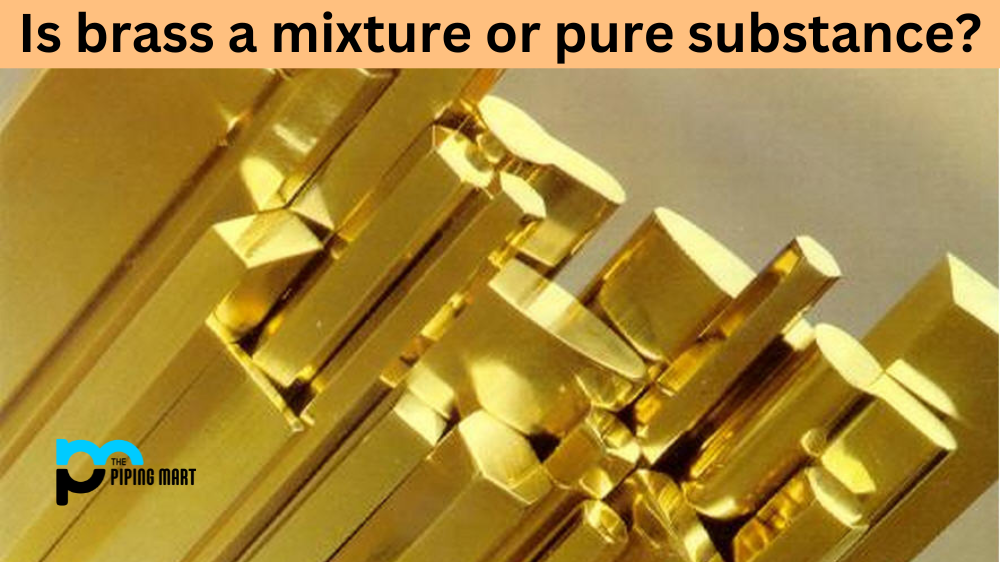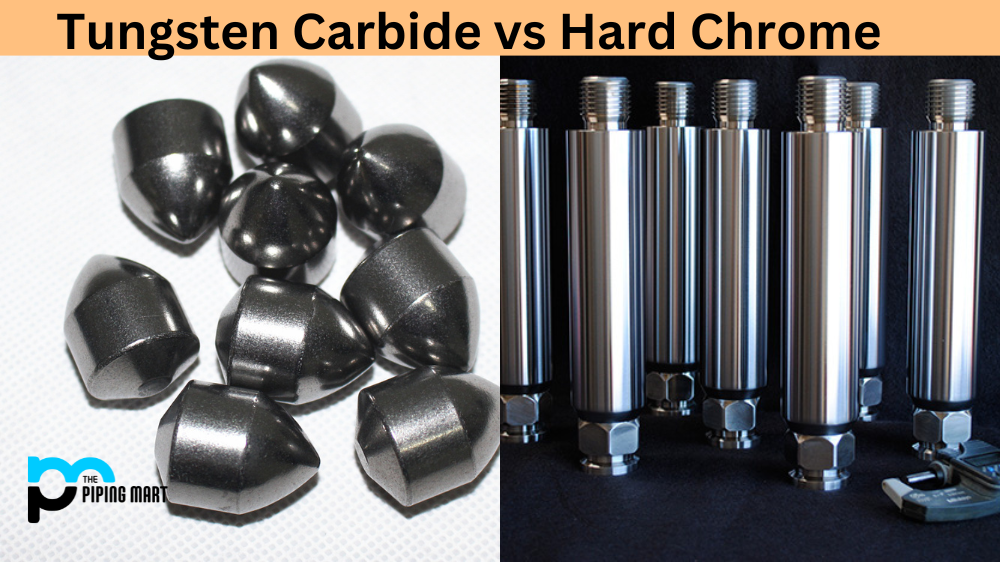Comparing the physical properties of different types of metals can be an important part of any engineering or manufacturing process. It’s essential to know the various qualities and characteristics in order to select the right material for any given application. In this blog post, we’ll take a closer look at some of the most common physical properties associated with metals and how they differ from one another.
Strength
One of the most important factors when comparing metals is their strength. Different metals will have varying levels of resistance to bending, compression, or other forms of stress. This is usually measured in pounds per square inch (PSI) or megapascals (MPa). Steel, for example, has a tensile strength ranging from 30,000 PSI up to 200,000 PSI depending on its composition. By comparison, aluminum is much weaker, with a tensile strength between 10,000 and 45,000 PSI.
Ductility and Malleability
The second factor to consider is ductility and malleability. These two terms refer to a metal’s ability to be stretched or bent without breaking or cracking. Ductility refers to how much metal can be stretched before it fractures, while malleability refers to how easily a metal can be deformed without fracture. Most metals are fairly malleable, but some are more ductile than others, such as copper, which has very good ductility, compared to steel which has lower ductility but higher malleability.
Conductivity
The third factor is conductivity which is the ability of a material to transmit electricity or heat. Metals generally have good conductive properties due to their atomic structure, which allows them to carry electrons through their lattice structure more easily than non-metallic materials such as plastics and ceramics. Copper has excellent conductivity, while steel has less conductive properties due to its tendency to form oxides on its surface when exposed to air and moisture over time which reduces its ability to transfer electrons efficiently.
Conclusion:
When looking at the physical properties of different types of metals, it’s important to consider all three factors mentioned above, as well as other factors like cost and availability, before making your decision about what material you should use for your project. By taking all these things into account, you can be sure that you are selecting the best metal for your needs and applications so that your projects turn out exactly how you want them to! Intended Audience: Engineers and manufacturers who need help selecting the right metal for their project needs!

Meet Bhavesh, a seasoned blogger with a wealth of knowledge and experience. From metal products manufacturing to retail, Bhavesh has a diverse background in various industries and is dedicated to sharing his insights and expertise with readers.




